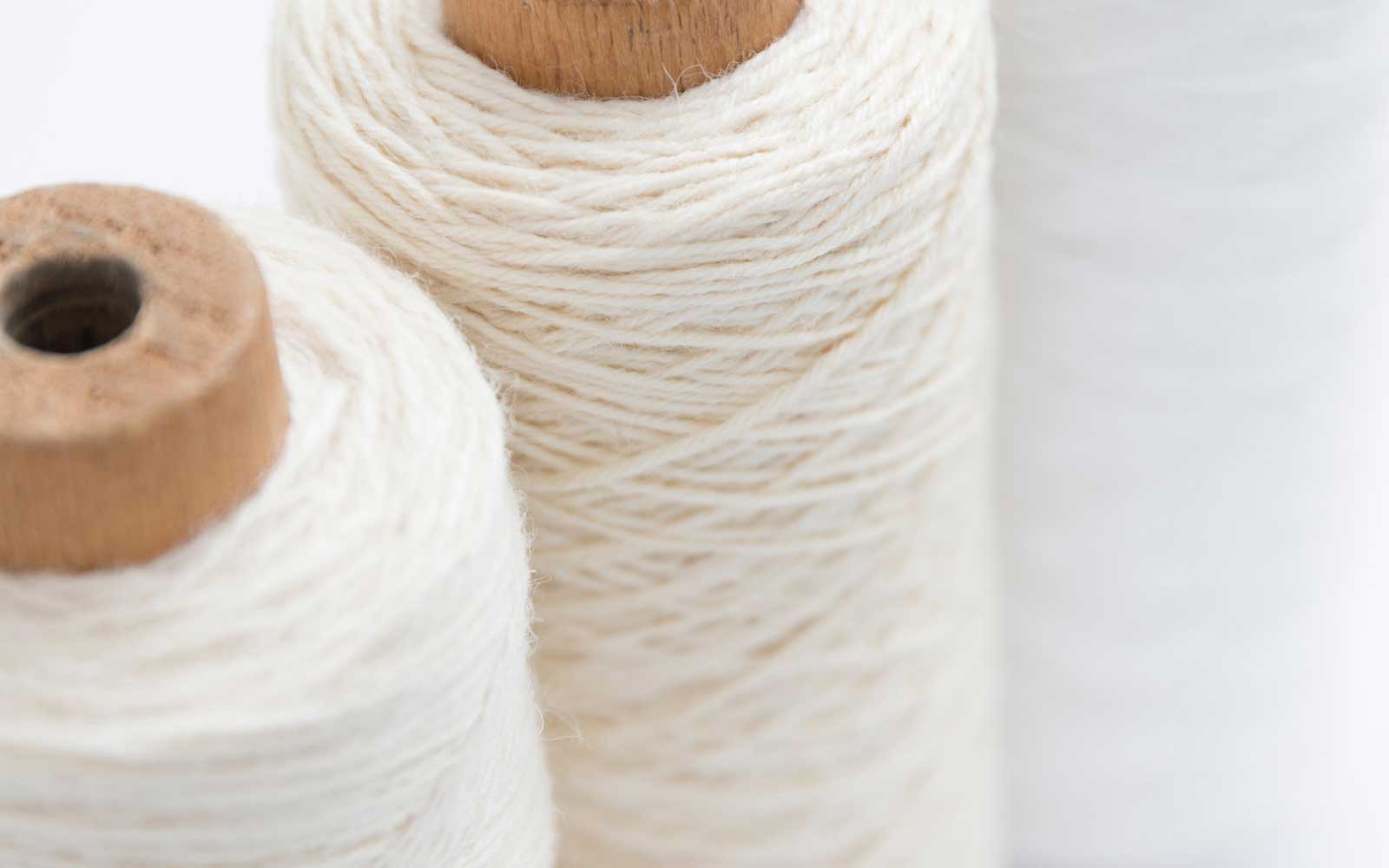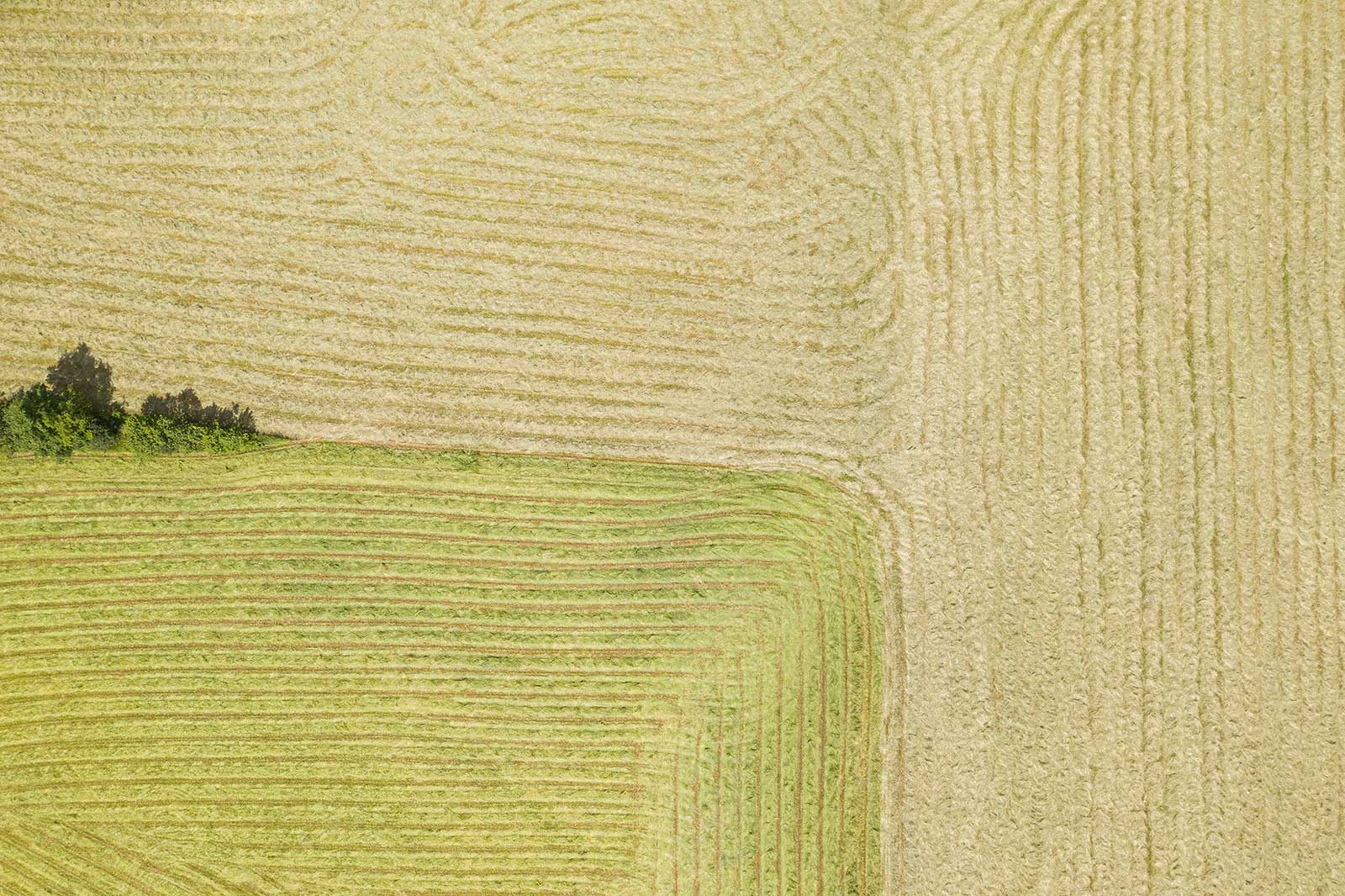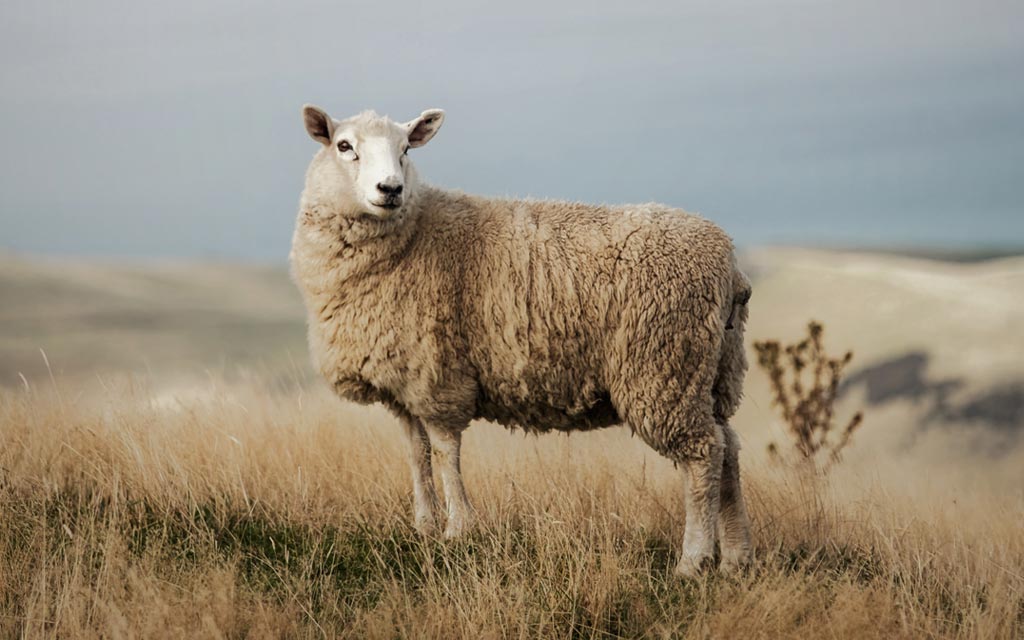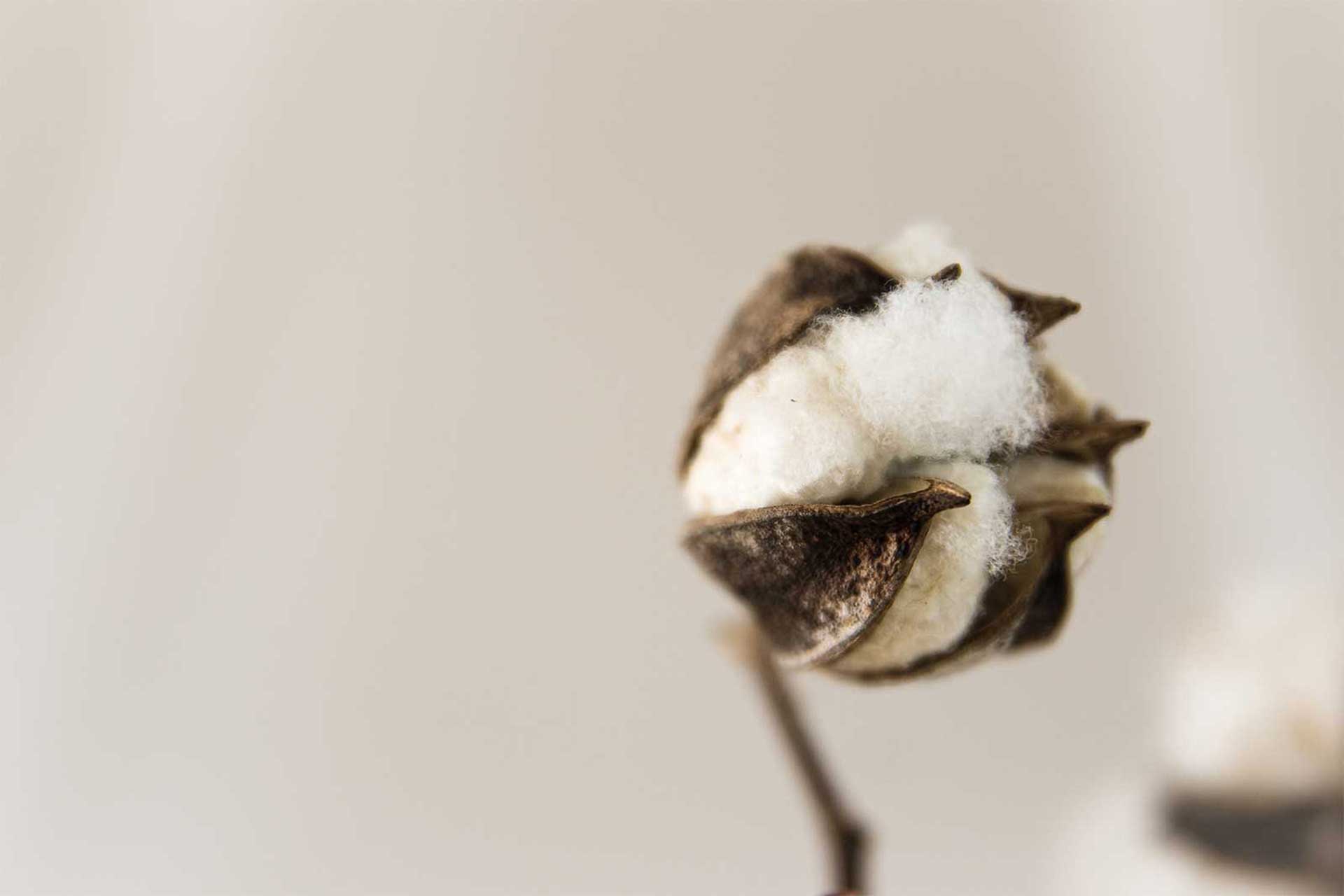
THERMOREGULATION
Merino naturally keeps your body at a stable temperature. Is an active fibre, reacts to the wearer’s next-to-skin behaviour and the external conditions.
Due to the natural crimp structure of the fibre, it creates the ability to absorb moisture.
When it’s hot, it releases sweat, keeping you cool and dry. When it’s cold, it releases heat, creating insulation.

ODOUR RESISTANT
Merino wool has the ability to absorb odour molecules into the fibre. It locks the smell and avoids bacteria from building up.
This means you can wear Merino Wool for longer without unpleasant odour.
With a little airing, it will be ready to wear again and the trapped molecules will only be released upon washing.

MOISTURE MANAGEMENT
Merino fibre has the ability to absorb moisture and releases it, keeping you dry and comfortable.
This phenomenon occurs before you feel wet (while synthetic fibres usually wick sweat when it’s already a liquid).

BIODEGRADABLE
Merino wool is a biodegradable fibre. Made up of proteins and amino acids, it naturally breaks down in water and soil.
When disposed on a landfill, it returns the nutrients to the soil, creating a natural cycle.

NATURAL AND RENEWABLE
A sheep consumes a simple blend of water, air, sunshine and grass, producing the beautiful merino made of natural compounds. It’s also incredibly renewable (one sheep can grow 2 to 3 kg of wool per year).

SOFTNESS
Merino wool is super-fine and soft (a single Merino wool fibre is ⅓ the diameter of a human hair). It bends when in contact with the skin, creating comfort and softness.

UV PROTECTION
Merino fibres are natural protectors against the harmful rays (UVA and UVB).

RESILIENCE
Due to the crimp structure, merino fibre can be extended more than 30% of its length without breaking.

FLAME RESISTANT
Merino fibre is extremely flame-resistant (won’t melt or burn easily) when compared to other textile fibres (nylon starts to melt around 320º C and polyester starts to melt around 452º C).

LONGEVITY
Do you know that merino wool is incredibly durable?
Wool socks last longer in the wardrobe, are washed less frequently and tend to be used in reutilization or upcycling systems, going a step further than the common recycling process.







